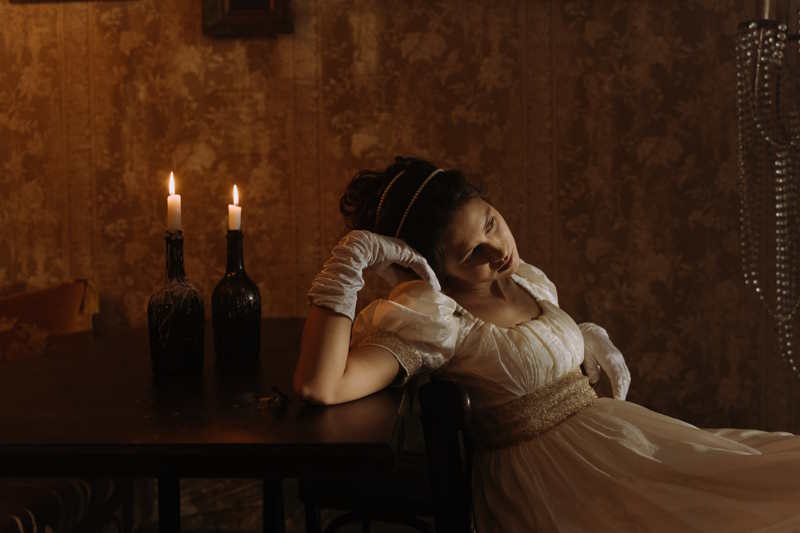The history of the gown can be traced back to ancient times. Garments similar to gowns have been worn by people for thousands of years, often as a symbol of social status, wealth, or religious importance.
In ancient Greece and Rome, both men and women wore loose, flowing gowns made from lightweight fabrics like linen or silk. These gowns were often draped in a way that emphasized the wearer’s natural curves and were typically fastened at the shoulder with a pin or brooch.
During the Middle Ages, gowns became more elaborate and were often made from heavier fabrics like wool or velvet. Women’s gowns were often tightly fitted at the waist and featured long, flowing skirts. Men’s gowns, known as tunics, were typically shorter and looser than women’s gowns.
In the 16th and 17th centuries, gowns continued to evolve, with women’s gowns becoming even more elaborate and voluminous. The introduction of new fabrics like lace and silk allowed for more intricate and delicate designs, and women’s gowns often featured elaborate embroidery and beadwork.
During the 18th and 19th centuries, gowns became simpler and more streamlined, with less emphasis on ornate embellishments. Women’s gowns were often made from lighter fabrics like cotton or muslin, and the emphasis was on simplicity and elegance rather than opulence.
Today, gowns continue to be worn for special occasions like weddings, graduations, and formal events. They come in a wide range of styles, from simple and understated to elaborate and ornate, and are still considered a symbol of sophistication and elegance.




